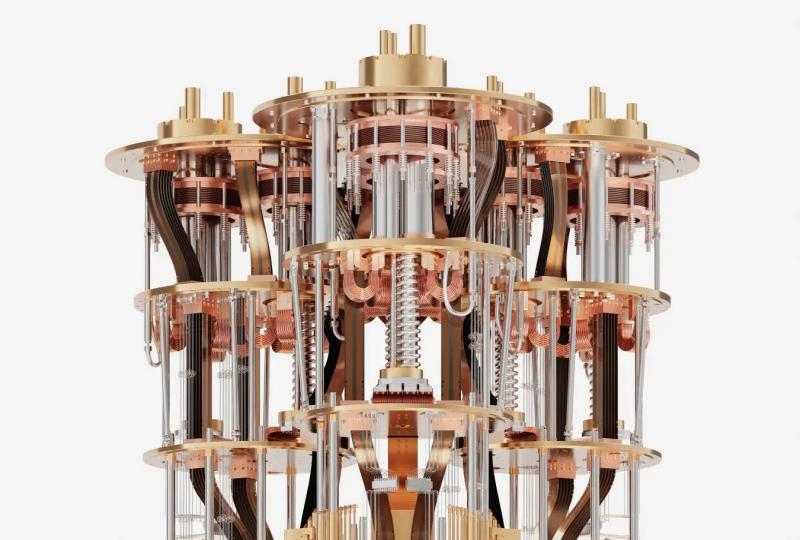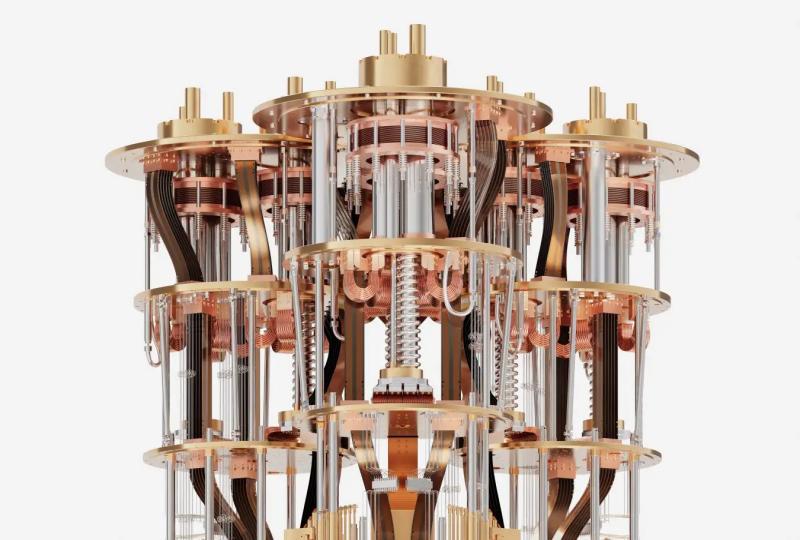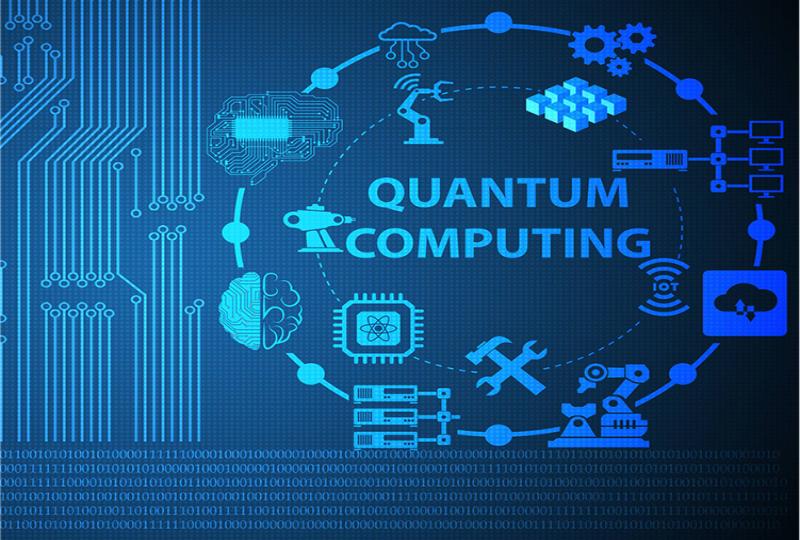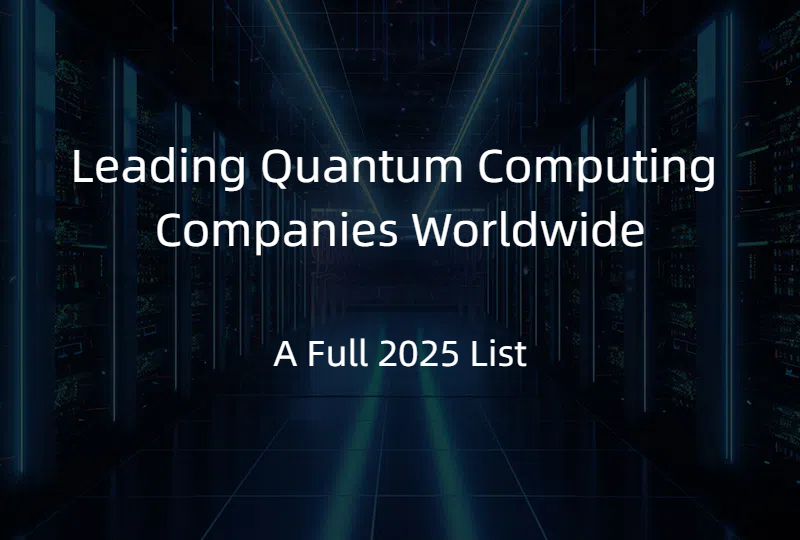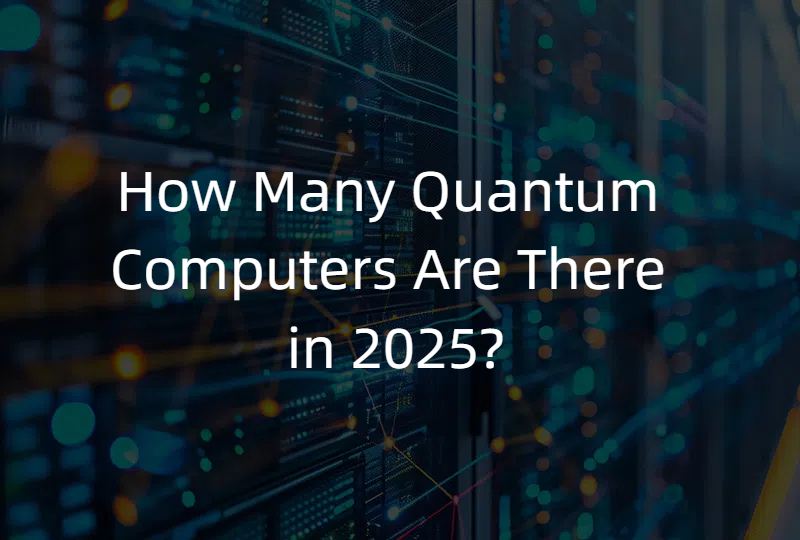How Long to Build a Quantum Computer? Find Out Here
2025.04.14 · Blog
How Long Does It Take to Build a Quantum Computer?
Quantum computers are poised to revolutionize industries like cryptography, drug discovery, and artificial intelligence. But one of the biggest questions remains: How long does it take to build a quantum computer?
Unlike classical computers, quantum computers require specialized hardware, extreme operating conditions, and years of research to develop.
The timeline for building a quantum computer varies based on the following key phases:
Quantum Research & Theoretical Development (5–20 Years)
Building a quantum computer begins with deep theoretical research, which can take decades. The fundamental principles of quantum computing—such as superposition, entanglement, and quantum error correction—were explored in the early 1980s. Since then, scientists have worked on developing different types of qubits, including:
-
Superconducting qubits (used by Google, IBM, SpinQ )
-
Trapped ion qubits (used by IonQ and Honeywell)
-
Photon-based qubits (explored by Xanadu)
-
Topological qubits (pioneered by Microsoft)
Each qubit type has unique advantages and challenges. Maintaining stable qubits and reducing error rates remain key challenges in quantum computing. Research institutions and companies often spend 5 to 20 years improving qubit fidelity before building a functional prototype.
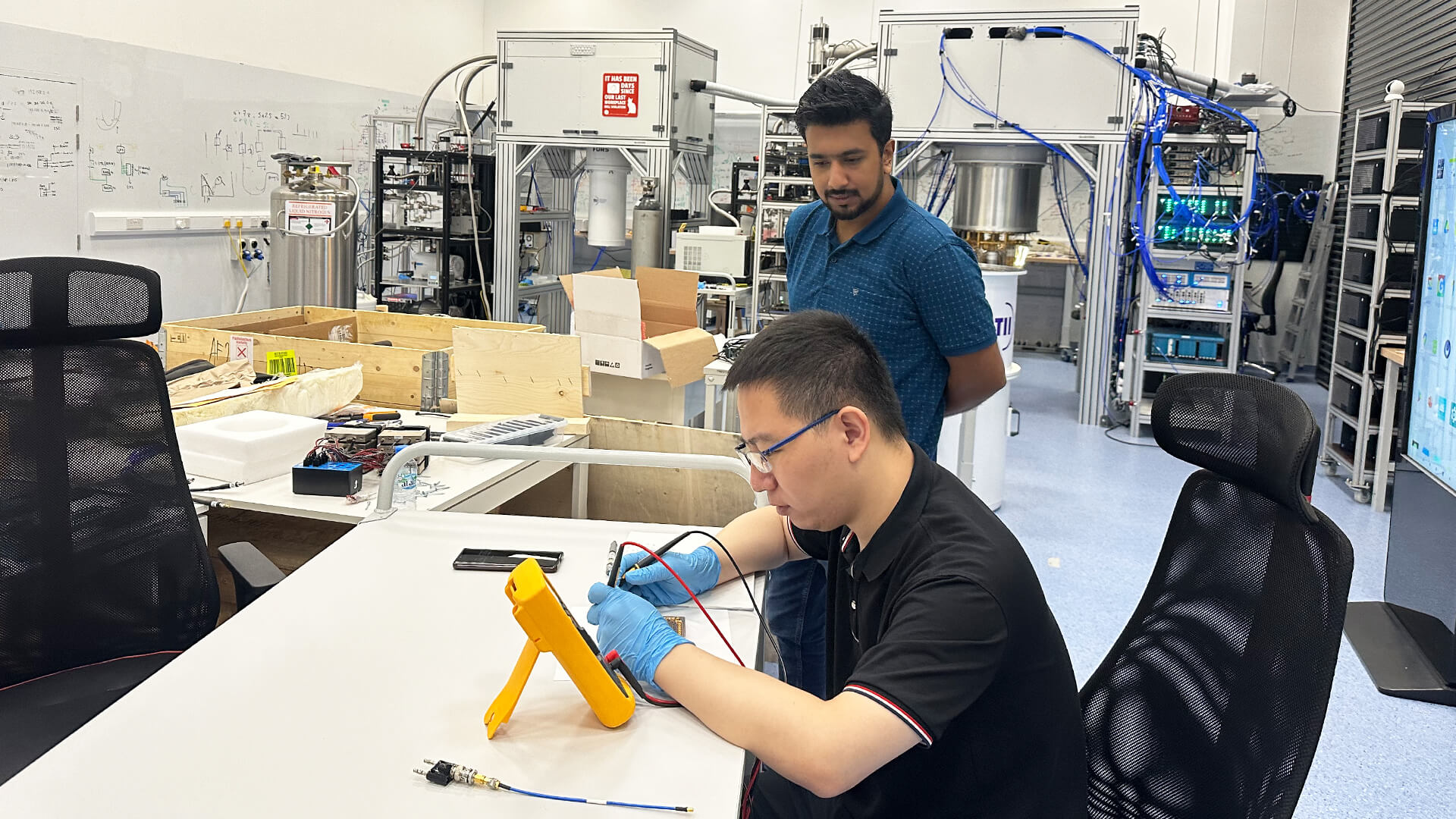
Quantum Computer Prototype Development (2–5 Years)
Once a feasible quantum architecture is designed, the next phase typically involves developing a working quantum computer prototype — a process that may take 2 to 5 years.
This stage involves:
-
Designing cryogenic cooling systems (for superconducting qubits)
-
Developing laser control systems (for trapped ions)
-
Implementing quantum gates and circuits
-
Testing quantum error correction mechanisms
For example, Google spent years developing its Sycamore processor before achieving quantum supremacy in 2019. Similarly, IBM has been steadily increasing its qubit count, from 5-qubit processors in 2016 to over 1,000 qubits Condor processor (1,121 qubits) in 2023.
A prototype quantum computer typically takes 2 to 5 years to develop, but it is far from ready for commercial use.
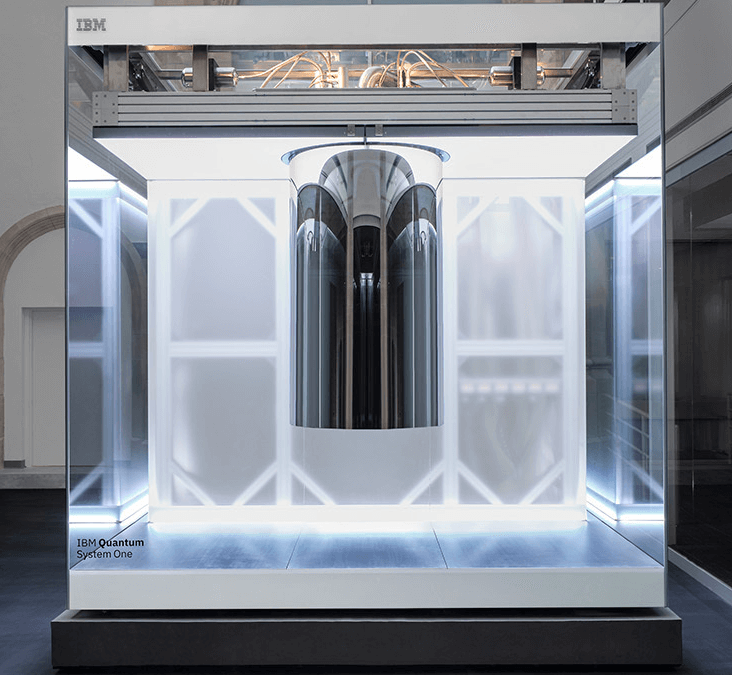
Scaling & Error Correction in Quantum Computing (5–15+ Years)
A major barrier to practical quantum computing is achieving both scalability and effective error correction. While today's quantum processors now range from several dozen to more than a thousand qubits (depending on the architecture and design), building a truly fault-tolerant quantum computer may require millions of physical qubits to support error-corrected logical operations.
This estimate is based on surface code or similar quantum error-correcting architectures, which typically require thousands of physical qubits per logical qubit.
Challenges in this phase include:
-
Quantum decoherence: Qubits lose information quickly due to environmental noise.
-
Error correction overhead: Quantum error correction requires extra qubits, significantly increasing hardware demands.
-
Manufacturing constraints: Scaling up quantum chips to thousands of qubits while maintaining stability is a massive challenge.
The Widespread Adoption of Commercial Quantum Computers (10–30+ Years)
- Early Commercial Quantum Systems (2025–2035):
Quantum computing companies like D-Wave have already introduced quantum annealing systems used in real-world optimization tasks. In 2011, D-Wave became the first quantum computing company to sell a commercial quantum computer—the D-Wave One—to Lockheed Martin.
Meanwhile, SpinQ has developed and sold portable quantum computers designed for quantum education and research, which have already been adopted by universities worldwide, marking another step toward quantum commercialization.
Over the next decade, hybrid quantum-classical systems may begin to deliver measurable business value in fields such as logistics, finance, and manufacturing.
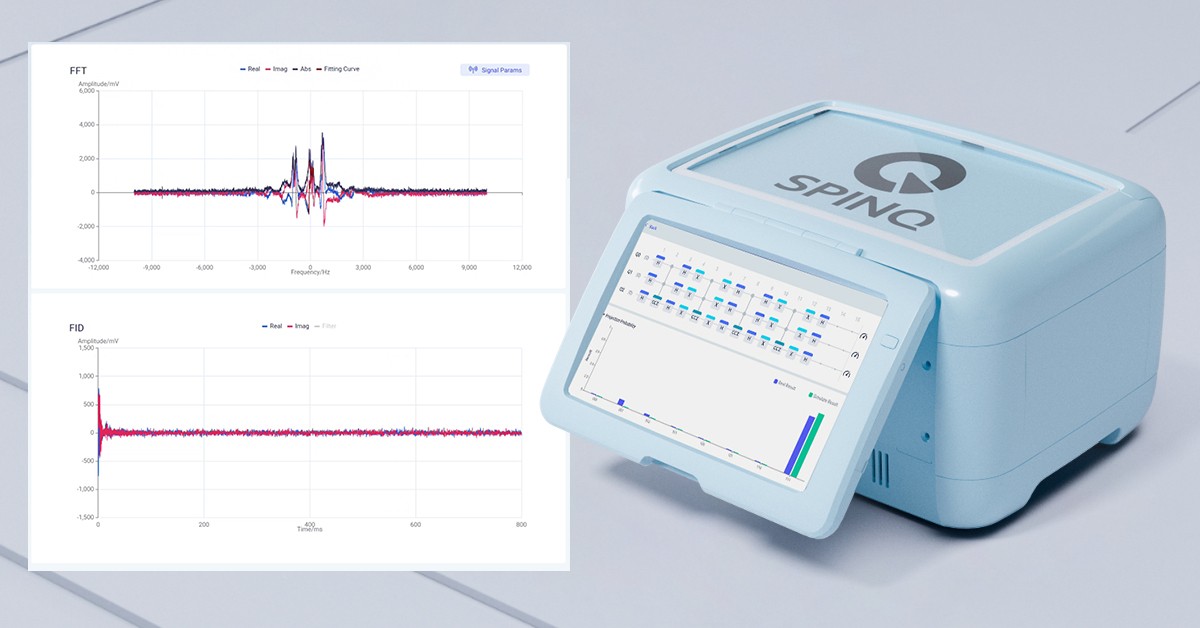
- Fault-Tolerant Quantum Computers (2035–2050):
With advances in error correction and scalability, fully programmable, fault-tolerant quantum computers are expected to emerge over the next few decades. These powerful systems could revolutionize industries such as drug discovery, financial modeling, cybersecurity, and materials design, solving problems that remain infeasible for even the most advanced classical supercomputers.
In a breakthrough announced in February 2025, Microsoft unveiled the Majorana 1 chip, the world's first quantum processor powered by topological qubits—a promising approach to achieving long-lasting, error-resistant qubits. This milestone marks a significant step toward building fault-tolerant, scalable quantum computers.
During Nvidia's CES 2025 keynote and subsequent Wall Street analyst Q&A, CEO Jensen Huang offered a cautious outlook on the timeline for practical quantum computing. He estimated that "very useful" practical quantum computers are likely 15 to 30 years away, suggesting that a 20-year timeframe might be a reasonable expectation.
However, many experts believe that reaching universal quantum computing—machines capable of executing arbitrary quantum algorithms with fault-tolerance—could take another 30+ years, given the immense technical challenges that still lie ahead.
Conclusion
Building a quantum computer is a multi-decade endeavor. Depending on the goal—research, prototyping, or commercialization—the timeline can range from 10 to 30+ years.
-
Basic quantum research can take 5–20 years.
-
Quantum computer prototype development requires 2–5 years.
-
Scaling and error correction in quantum computing may take 5–15 years.
-
Fully fault-tolerant quantum computers could take several more decades.
The race to build a quantum computer is accelerating. Companies like Google, IBM, Microsoft, and SpinQ are pushing the boundaries of quantum technology. While building a functional quantum computer takes years, the potential rewards make it one of the most exciting frontiers in modern science.
With breakthroughs in quantum hardware and algorithms, we are steadily moving closer to a quantum-powered world.
FAQs
1. How Many Quantum Computers Are There in 2025?
Estimates suggest that there will be approximately 1,000 quantum computers globally in 2025.
Among them:
-
Superconducting quantum computers: Around 100 active and functional units
-
NMR (Nuclear Magnetic Resonance) quantum computers: Around 300 units
The majority of the remaining quantum systems are still in development or testing phases.
For more details, please read our complete guide on How Many Quantum Computers Are There Worldwide in 2025?
2. What was the First Quantum Computer?
The first quantum computer in the world was a 2-qubit nuclear magnetic resonance (NMR) quantum computer. It was an experimental quantum computer, and it was invented in 1998.
3. Who was the First Company Working on Quantum Computers?
D-Wave Systems is the first quantum computing company to commercialize a quantum computer. IBM is the first quantum computing company to bridge quantum theory and practical computing.
For more details, please read our complete guide on Who Was the First Quantum Company? A Deep Dive [2025]
4. How Fast Are Quantum Computers?
For instance, Google's latest quantum chip Willow, shows its best performance on speed tests: it solved a problem in less than five minutes. For comparison, even the fastest supercomputer today would need 10,000,000,000,000,000,000,000,000 years to finish the same task.
Dive into our ultimate guide to understand how fast quantum computers really are.
5. How to Build A Quantum Computer?
Curious about how to build a quantum computer? This ultimate guide breaks it all down.
6. What Does a Quantum Computer Look Like?
A quantum computer looks more like a futuristic chandelier than a traditional desktop. Its design includes intricate cryogenic systems, control electronics, and qubit processors.
Want to see what's inside? Learn more in our in-depth guide to quantum computer architecture and key components.
7. What Are the Types of Quantum Computers?
There are six most popular types of quantum computers, from the widely-discussed superconducting qubits to the exciting potential of topological qubits and beyond. Each type takes a unique approach to manipulating and measuring qubits.
Featured Content


